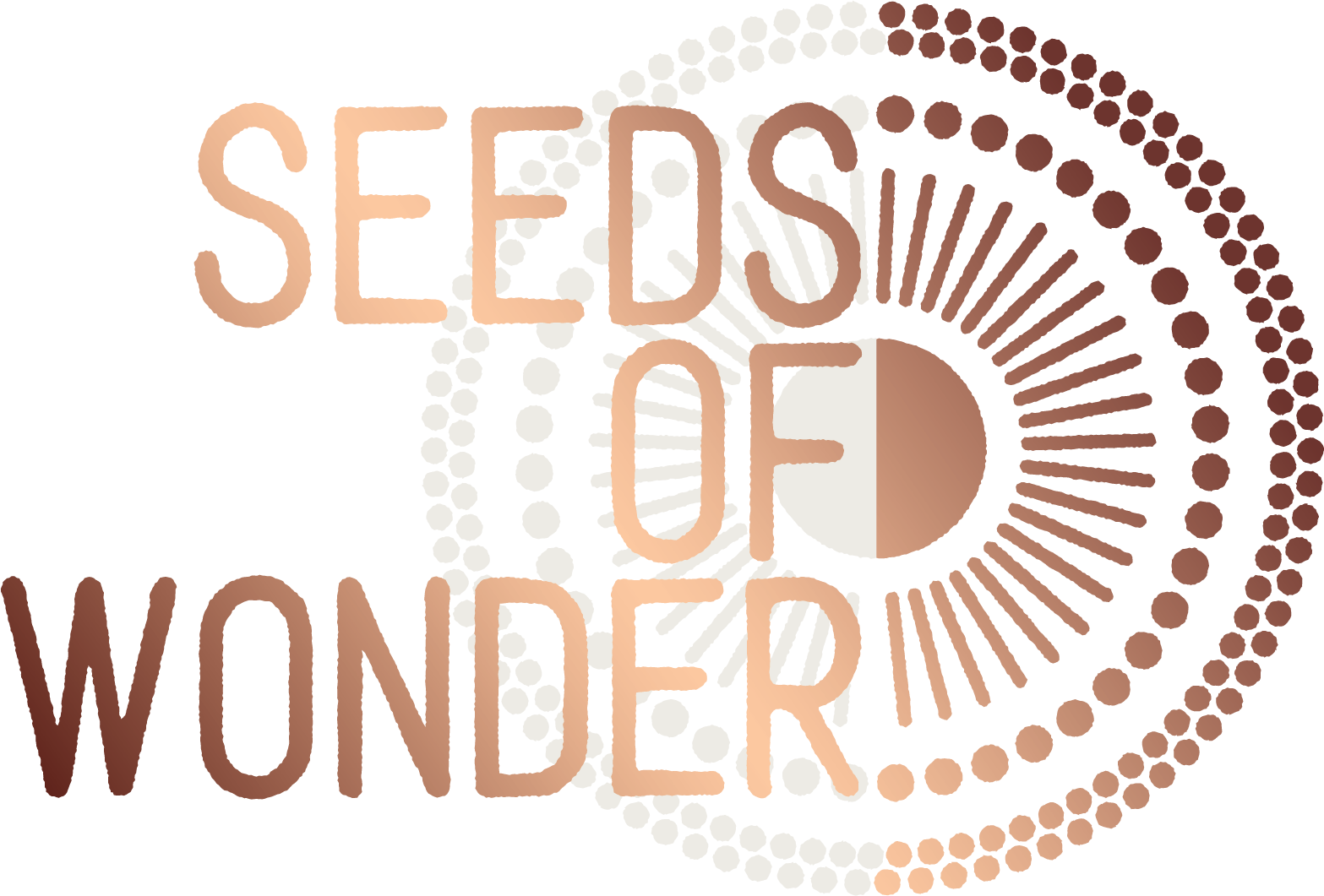Introducing kids to yoga and meditation
There is an abundance of information out there on how yoga and meditation can benefit kids. In fact, if you have ever observed children at play, you would probably have seen them naturally moving through some yoga asanas, completely oblivious to the fact that they’re doing yoga. This shouldn’t really be a surprise to us considering that there are poses called ‘happy baby’ and ‘child’s pose’ – all natural and normal postures for children to engage in.
So how can you help your child invite more yoga practice into their lives and give them access to the power of healing and growth that it holds?
Forget perfect
Yoga is a practice. Although we enter this practice with specific intentions, it isn’t something that we can ever get ‘right’. The aim of yoga – as illustrated by the meaning of its name (union) – is to connect your body, mind, and soul. Some days this is easier than others. Some days you ‘just get’ one facet of yoga with less resistance than on other days. Remember this when you practice yoga with your child. Let go of any attachment you have to how your yoga practice with your child should look…what it needs to incorporate… forget the goal. Being there and practicing is the goal.
Meet your child where they are
Some days your child might be able to pay attention and quietly lay in savasana for a few minutes; other days, they might be so distracted that they struggle to stay engaged while working through an active vinyasa flow. Some days they might be able to harness the focus in a perfect tree pose while other days, they might need a lot more time in child’s pose.
Meet your child where they are in every moment of every yoga practice. Allow them to learn their limitations, to pay attention to how their mind, their body, and their soul changes from day to day. Allow them to become familiar with who they are in each of these moments. This is as much an exploration of their character and interconnectedness as it is an exploration and practice for the physical body.
Laugh and play
We often see practicing yoga and meditation as serious business. We are, after all, working at gaining a deeper connection between our bodies, minds, and souls. This spiritual journey is a pretty big deal. But a lot more can be achieved through inviting in love, laughter, compassion, and joy. These all cultivate a creative space where you and your little person can learn and grow. Where they can explore themselves and themSelves in a safe and non-intimidating space.
Encourage them to explore their bodies, their minds, and their souls. Allow them to see where their journey takes them. Allow them to express their authentic selves with no judgement.
Yoga family time
Yoga is a great way to spend quality time together as a family. It can be a great activity to incorporate into your bedtime routine. Practicing yoga before bed helps kids to wind-down and spend a few moments fully connected with those they love and who love them. It is a special way to connect in those quiet moments before bed. To catch up with each other, speak about what happened that day.
It is also an excellent time to focus on setting intentions for the next day.
Invite all aspects of yoga
Mantras or chants are fun to teach to children. The repetition and rhythm are both catchy and easy to learn. You might even hear your child sing one while they are drawing and playing – giving them all the benefits of raised vibrations, even in ‘ordinary’ moments.
You can easily introduce mudras (unique hand gestures) into your child’s yoga practice. You don’t need to get deep into what they are and how they benefit your child. Simply include them as part of your yoga practice or during storytime. Combine mudras with a simple visualization like asking your child to imagine magic flowing through their body- and along the circuit formed by their fingers and hands.
Breathing exercises, pranayama, will not only benefit your child’s Yoga practice, but it will also impact their daily lives. Through regular practice, your child could learn to harness pranayama to find calm and peace in moments where they might feel out of control. It is a way for them to practice mindfulness by connecting to something that’s very concrete and very real – the breath moving in and out of their lungs. Connecting with something that they can physically feel and experience gives them an anchor to hold on to that might be a bit easier to achieve than say ‘seeing their troubles floating away on a cloud’.
We all know how powerful meditation is, and we all also know how difficult it is – even for us as adults – to sit quietly and try to tame our minds. To help your child get all the benefits that meditation holds, you can help them by using guided visualisations. These visualisations can help them get into more profound meditations.

Storytime
A great way to practice yoga asanas with your kids is to accompany the poses with a story. Most yoga poses imitate animals or other objects found in nature. It’s easy to incorporate these into a story and encouraging your kids to mimic the poses. You can teach them stories about the origin of yoga and its traditions. These could be based on the Upanishads, the Bhagavad Gita, or even the Ramayana. You could also follow some more modern books that focus specifically on yoga stories for children.
These stories teach about the yoga philosophies and allow you to introduce your children to them early on.
Incorporating stories into asana practice with your child will help them to transition into visualisation practices that they can use during meditation.
Teach them about the sacredness
Yoga practice is more than just asanas; it encompasses other aspects like mantras, mudras, pranayama, and meditation. Yoga involves a number of ceremonies and rituals that encourage unifying your mind, your body, and your soul. Invite your children to take part in the ceremonies. While allowing for freedom of expression and being flexible, start to teach them that these ceremonies or rituals are sacred.
Be careful with their bodies
While yoga holds many benefits, it is vital that you approach any yoga practice with your child with care. It is possible to sustain an injury while practicing yoga, and that is part of the reason why your yoga teacher keeps encouraging you to bring your mind and your thoughts back to your body throughout your practice. Children’s attention tends to stray much quicker. They are unlikely to pay as much attention to their bodies as you do when you practice. They are also not yet equipped to identify when they’re doing something that might potentially harm them.
They could be enthusiastic or merely not paying attention, and that could potentially lead to an injury. Remind your child throughout your practice to pay attention to what’s going on in their bodies. Remind them to look out for any parts of their bodies that might be uncomfortable or sore. It’s important that you do not encourage your child to go too deep into a pose. This is especially important when you do poses that flex, stretches, or bends the spine.
Your child’s body is still growing, and their bones are still quite flexible. Some poses might not be ideal for your children, especially if they place a lot of strain on the bones.
What practicing yoga with your kids could teach you
You might find that doing yoga with your children teaches you a lot more than you expected.
It helps you practice non-judgment as it is vital for you not to judge your child or yourself in how you approach your yoga practice. Practicing yoga with your child can improve your patience and teach you non-attachment as you are forced to let go of the image of your little one sitting blissfully in meditation for hours.
It could teach you that yoga, and in fact, any spiritual practice does not have to be rigid and stiff and serious. Instead, it can be fun and flexible, flowing, and fluid.
Yoga has so many benefits for your body, your mind, and your soul and it is a wonderful thing to introduce to your child.
Making your child’s yoga practice light and playful will help them get the most out of their yoga. It is a powerful way for them to learn about who they are, as well as being a fantastic tool to help them navigate life. It is also a great practice to do around bedtime to wind-down and a great way to spend quality time together in an increasingly busy world.








